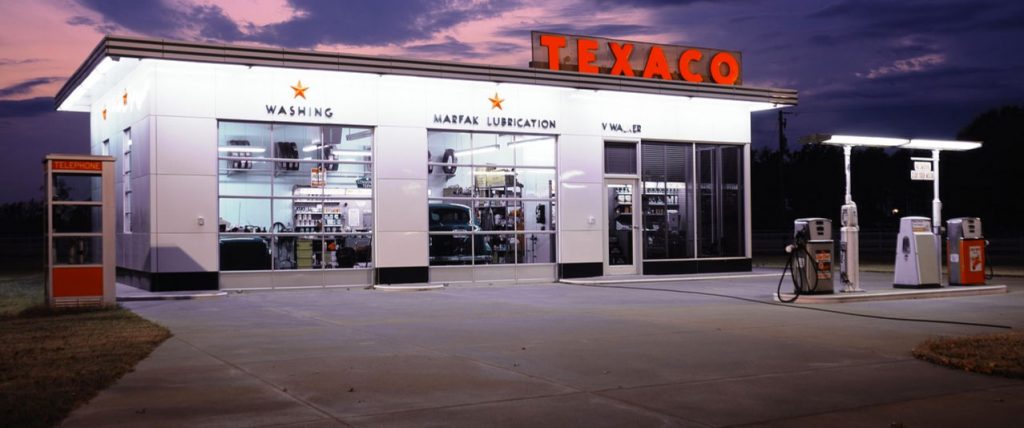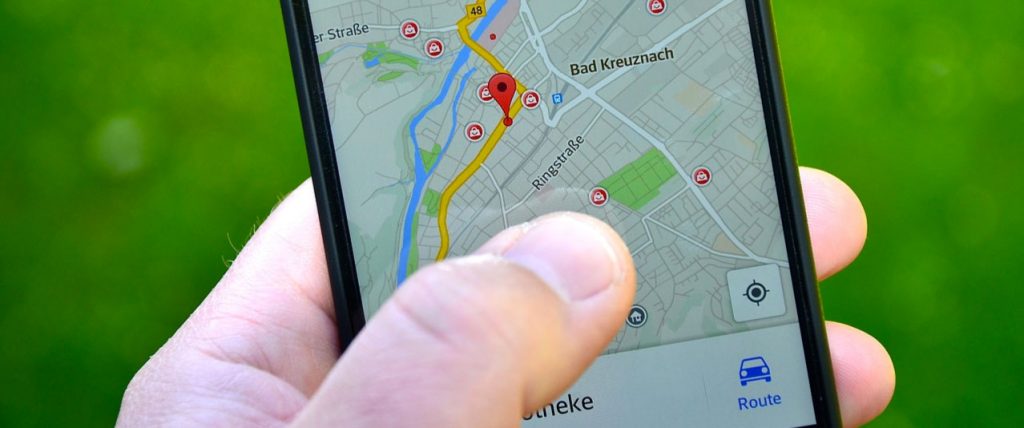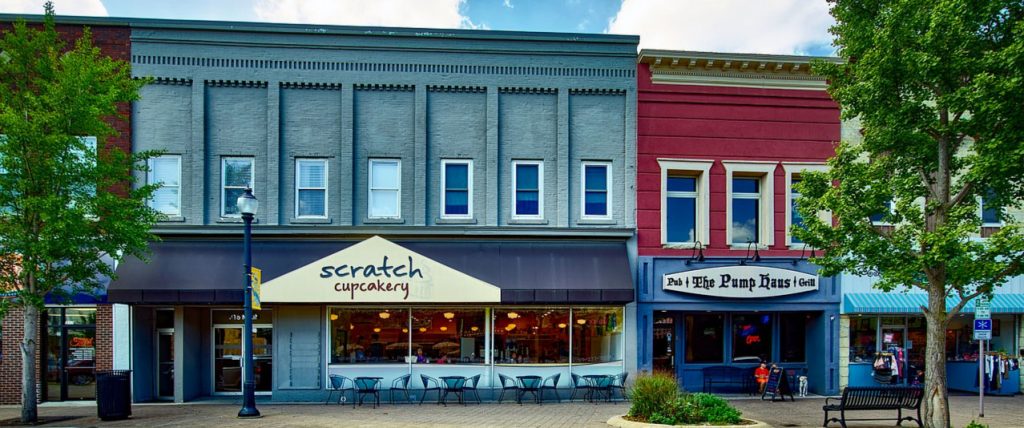Do you own a physical store? Many brick-and-mortar businesses don’t pay as much attention to their online presence as they should. After all, the heart of their business is foot traffic, not online sales.
But a website can be a powerful tool for a physical business. Your web presence can augment your in-story traffic and sales.
Roughly 85 to 95 percent of consumers engage with brands using local listings, local pages, and other local assets. When fast-food chain Wendy’s optimized their ads for local, they saw a 27% increase in engagement with their ad campaigns.
But you don’t need the resources (or budget) of Wendy’s to perform well in local search. With the right SEO agency by your side, practically any business can increase in-store traffic and sales.
Here’s how professional internet marketing strategies can benefit your physical location:
Describe Services across Multiple Business Categories
Let’s take a look at a business really tied into local search: a gas station. Behind the scenes at a gas station, gas sales have a low profit margin. Most gas stations are primarily supported by the sale of food and drinks.
Here’s the problem with local search: Many times, a search for a “convenience store” will bring different results than a search for a “gas station” – even though there’s a shared location.
Local stores want to make sure they’re visible for all relevant search terms, not just some. While you might not own a gas station, your store probably sells more than one type of item. Make sure the main products provided by your business are all showing up in a local search.
Create Landing Pages for Individual Locations
Let’s look at a different example: Fast food restaurants. Suppose you’re searching on Google Maps for “fast food restaurant.” Most local searchers care more about what’s nearby than any specific brand.
In order to draw traffic, both online and through the door, you’ll want your business to appear in these location results. How you create links from Google Maps influences how visible your site will be in local search results.
Some brands link to general brand homepages. Other brands link to location-specific pages. For instance, Wendy’s and Arby’s both link to pages specific to the individual store. They use data from locations.wendys.com and locations.arbys.com, respectively.
McDonald’s and Dairy Queen both link to their more generic home pages. While you can find the closest store to you by searching each respective site by zip code, that’s an additional step required of the consumer.
Whether your business has one location or many, you want each link to land on a page specific to the individual address. Doing so helps increase your ability to be found on Google Maps.
Use Location-based Search Ads to Boost Organic Map Results
Not every business benefits from local ads. Someone planning a road trip to Minneapolis probably isn’t terribly concerned about what fast food restaurants they’ll encounter along the way. But they almost certainly care about the hotel options.
Hotels are usually served well by purchasing location-based ads for display on a Google Maps search. Any similar businesses dependent on customers unfamiliar with an area should also consider these types of ads.
Note that great ratings and reviews don’t necessarily translate to greater map visibility on Google Map results. You (and the SEO agency you hire) will need to see how your business appears on Google Maps specifically. If you’re doing everything right but your business still is’t visible, paid location-based ads are often worth consideration.
Unbundle Retail Locations
Some smaller stores appear inside or very near larger stores. A McDonald’s inside a Wal-Mart is one example. But so is a small store located in a retail shopping center. Your site needs a completely unique Google listing page.
Research shows the biggest signal that your business isn’t bound within another is to list a unique phone number. Additionally, you’ll want to create location-based links. Be sure and add a full address. Something as simple as a suite number might play a big role in helping search engines understand your location.
Establish a Profile on Other Location-based Pages
For best results, you’ll want to create profiles on other location-based platforms. Yelp, TripAdvisor, YellowPages.com and others are common. Be sure to use the exact same address and phone number formatting each time. Details matter here. Google Maps will use this information to help confirm your location, so keep your location info 100% consistent across every platform and piece of content.
Don’t treat your physical store as completely separate from your online presence. The right SEO strategies can drive foot traffic right through your front door.
What local strategies do you use to boost your brick-and-mortar location? Do you have any questions about how to develop a local strategy for your business? Leave a question or comment below or contact us today for a free consultation.
